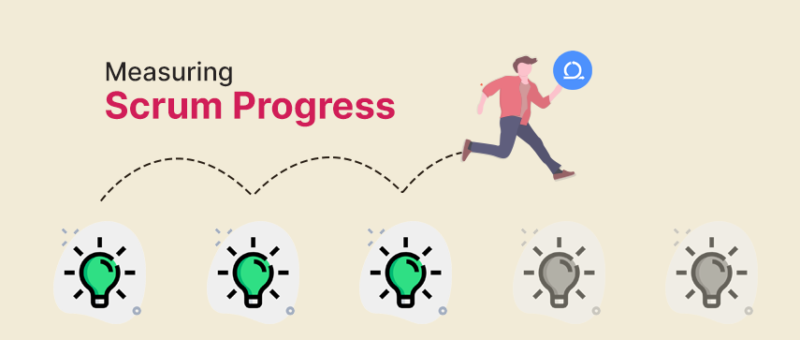
Agilemania
Agilemania, a small group of passionate Lean-Agile-DevOps consultants and trainers, is the most tru... Read more
![]() Get Your AI-Enabled Scrum Master Certification for Just ₹1,500 (Save 85%)!
Get Your AI-Enabled Scrum Master Certification for Just ₹1,500 (Save 85%)!
Scrum.Org
SAFe®
ICAgile
Scrum Alliance
Technical Agility
Kanban
Business Analysis
Project Management
AI-Enabled
Agilemania Academy
Scrum.Org
SAFe®
ICAgile
Scrum Alliance
Technical Agility
Kanban
Business Analysis
Project Management
AI-Enabled

Agilemania
Agilemania, a small group of passionate Lean-Agile-DevOps consultants and trainers, is the most tru... Read more

There is a question I get asked a lot during my individual and also team coaching sessions. The million-dollar question that many of us have heard asked before, whenever one speaks of agile transformation is below.
For this article, I will be narrowing down the scope of agile transformation into scrum implementation because most of the time, we associate agile with scrum. There's nothing wrong with that, as scrum methodology is the most commonly practiced one within the agile methodology toolkit.
So, how would one determine if Scrum has been implemented successfully? Below are my top three recommendations for organizations and teams who are interested to learn how to go about measuring scrum.

What is the business model that your organization runs on? If there are several, which one does your team fall under? How fast is your organization in taking an idea to production? Does your organization need or want it to be fast? How frequent are we looking at? One week? One month? Few months?
By slowly immersing yourself in the team and also the organization, you will soon understand the nature of the business. For instance, how often do customers request new features? What is the average customer lifetime value? How about the average customer acquisition cost? What is the Net Promoter Score for the product? Is it above or below 70?
The above are example questions that are important to understand the business nature. If your business is measuring some of the above, by analyzing the data, you will be able to predict how adaptive your scrum teams need to get in order to impact the business significantly.
In a nutshell, what matters most to your business? From that conversation, your scrum team will be able to position themselves to see how they can contribute to business impact.
The next section will describe the thought process of defining metrics to be measured.
In my opinion, a scrum team is able to impact the business in three key ways.

Once the metrics have been identified for measuring and tracking the progress of a scrum implementation, they are not valuable unless they are reviewed and acted upon. So, my recommendation is to review the metrics on a weekly/monthly/quarterly basis (review frequency may vary depending on the metrics that have been set) to get a sense of how things are progressing in your organization.
Do not get frustrated or disappointed if the train derails every once in a while, it is perfectly normal for such scenarios to happen! What's next is to anchor onto the vision, and determine action items to stay or get back on track. As a footnote, perhaps ask yourselves this question instead as food for thought. What would tell you that an agile transformation has been successful?
Agilemania, a small group of passionate Lean-Agile-DevOps consultants and trainers, is the most trusted brand for digital transformations in South and South-East Asia.
WhatsApp Us

We will get back to you soon!
For a detailed enquiry, please write to us at connect@agilemania.com


